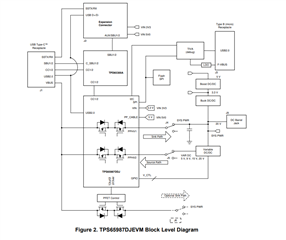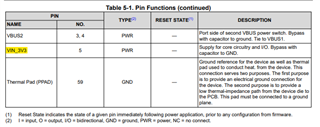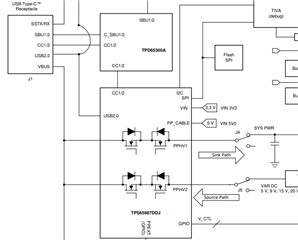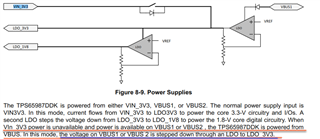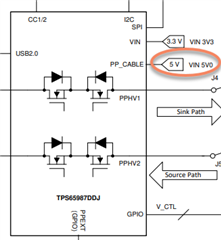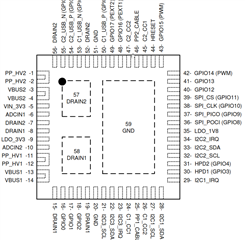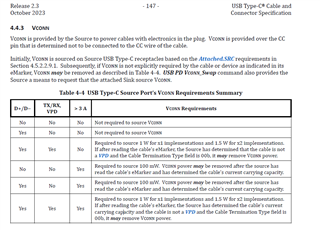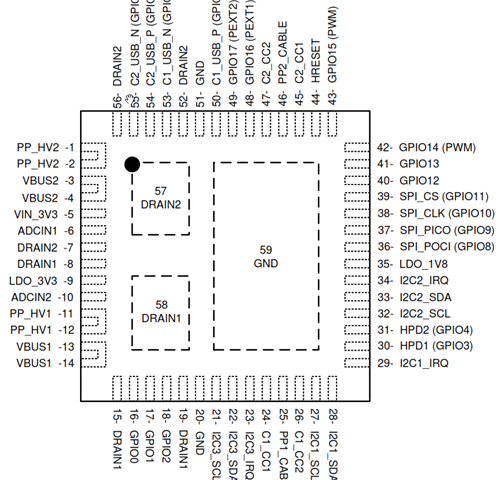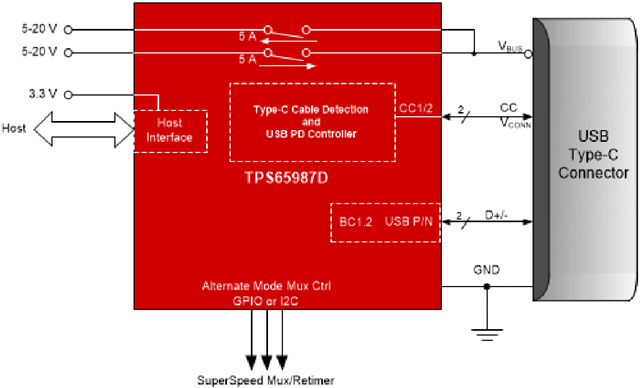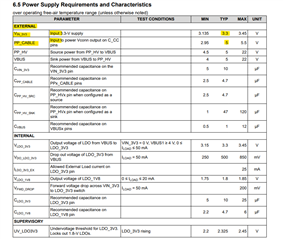Other Parts Discussed in Thread: TPS65987DDJ, TPS65988
Hello,
I need to supply 45W (15v x 3A) to an external eGPU using a USB PD interface from a Power board.
The power board shall source 45W through a Type-C connector and cable till the external eGPU.using the USB PD interface.
In order to implement that I chose the TPS65987DDK PD controller which according to the datasheet can source up to 20v/5A and work in stand-alone mode.
My questions are :
1. How does it work in stand-alone mode ? It is not clear from datasheet. Datasheet only introduces typical implementations where a an external DMC controls it and even boot it using I2C protocol.
How can it work independently in stand-lone mode in which boot is done automatically from an EEPROM with no any controller ? Can you please share a "typical application" example of that ?
2. Does PPHV=15v connection is enough to power that PD controller ? Or additional 3.3v supply is a must ?
Thanks in advance,
Ohad (HW engineer - (GE-healthcare).


